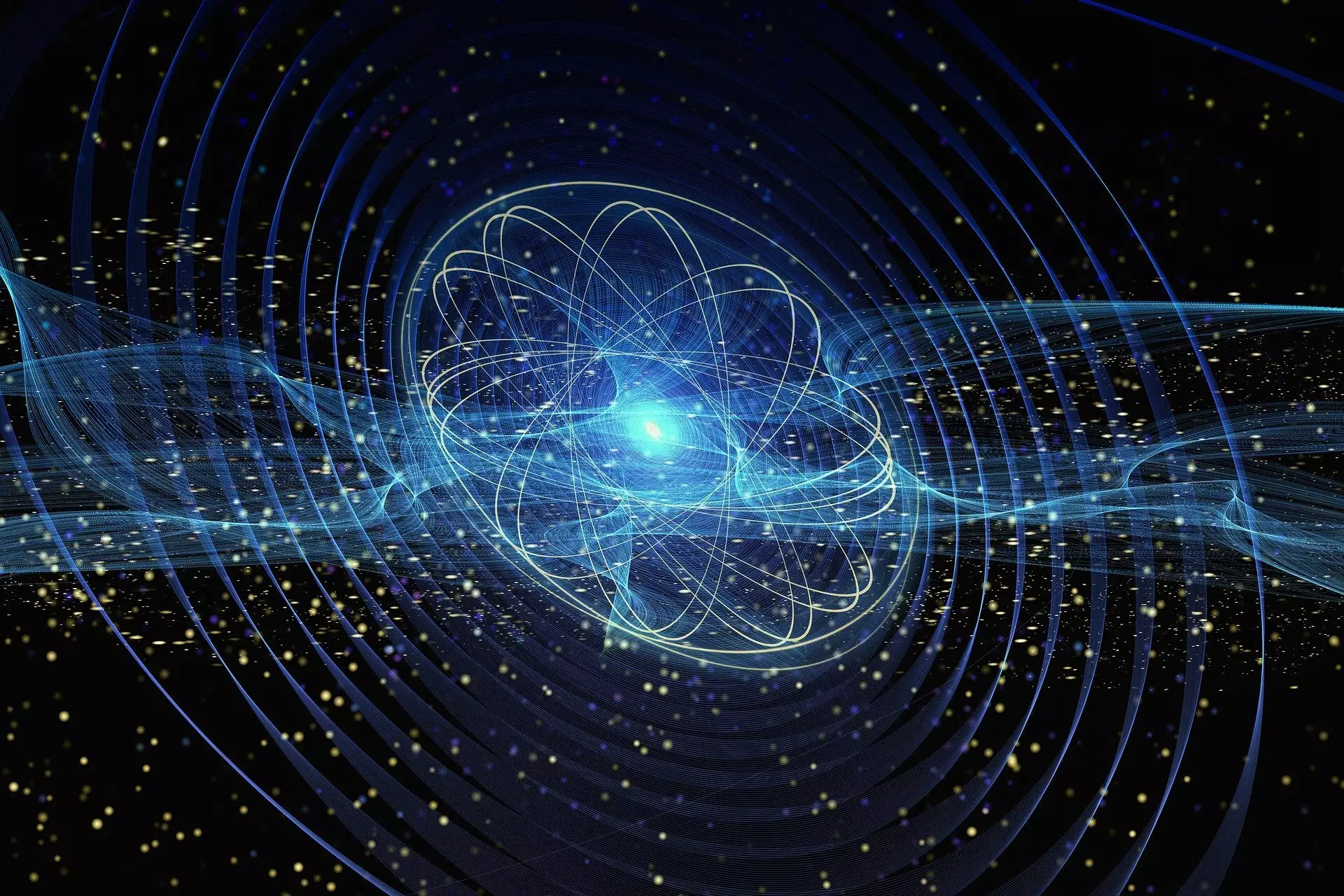Quantum computing has made significant strides in recent years, with major players like Google and IBM offering cloud-based quantum computing services. However, the field still faces challenges when it comes to the availability of qubits, the basic units of quantum information. Quantum computers operate on the principles of quantum superposition and entanglement, which make them highly susceptible to external influences and prone to information loss. Efforts are being made to address these challenges and develop functional quantum computers, including the use of photonic concepts. In a recent study published in the journal Science, researchers from the University of Tokyo, Johannes Gutenberg University Mainz (JGU), and Palacký University Olomouc demonstrated a new method of constructing a photonic quantum computer using laser-generated light pulses.
Standard computers store information in binary bits, which can represent either 0 or 1. In contrast, qubits can represent both 0 and 1 simultaneously due to quantum superposition. While this property holds great potential for quantum computing, qubits are highly susceptible to external influences, leading to information loss. To overcome this challenge, researchers aim to generate entanglement by combining multiple physical qubits to form a logical qubit. If one physical qubit fails, the others can retain the information. However, the development of functional quantum computers is hindered by the requirement for a large number of physical qubits.
Large corporations currently rely on superconducting solid-state systems for quantum computing, but these systems can only operate at extremely low temperatures near absolute zero. In contrast, photonic concepts offer the advantage of working at room temperature. In photonic quantum computing, single photons serve as physical qubits. While photons operate more rapidly than solid-state qubits, they are also more easily lost. To prevent qubit losses and errors, researchers need to couple multiple single-photon light pulses together to construct a logical qubit, similar to the superconductor-based approach.
In the recent study, researchers from the University of Tokyo, JGU, and Palacký University Olomouc introduced a new method of constructing a photonic quantum computer using laser-generated light pulses. Instead of using individual photons as qubits, the team employed a laser pulse that could consist of several photons. By converting the laser pulse to a quantum optical state, the researchers created a system with inherent error correction capabilities. A single light pulse was sufficient to obtain a robust logical qubit, eliminating the need for numerous light pulses and their interaction to create logical qubits.
While the concept of using a laser-generated light pulse as a logical qubit is remarkable, the experiment conducted at the University of Tokyo did not yet produce a logical qubit of sufficient quality for error tolerance. Nonetheless, the study demonstrated the possibility of transforming non-universally correctable qubits into correctable qubits using innovative quantum optical methods. This opens up new avenues for advancing photonic quantum computing and improving the reliability of results.
Advancements in photonic quantum computing are paving the way for more efficient and reliable quantum computers. The use of laser-generated light pulses as logical qubits offers potential solutions to the challenges posed by information loss in quantum systems. While further research is needed to improve the quality and error tolerance of logical qubits, the study conducted by researchers from the University of Tokyo, JGU, and Palacký University Olomouc represents an important step forward in the field of photonic quantum computing. As quantum computing continues to evolve, it holds the promise of revolutionizing information processing and solving complex problems that are beyond the reach of traditional computers.


Leave a Reply